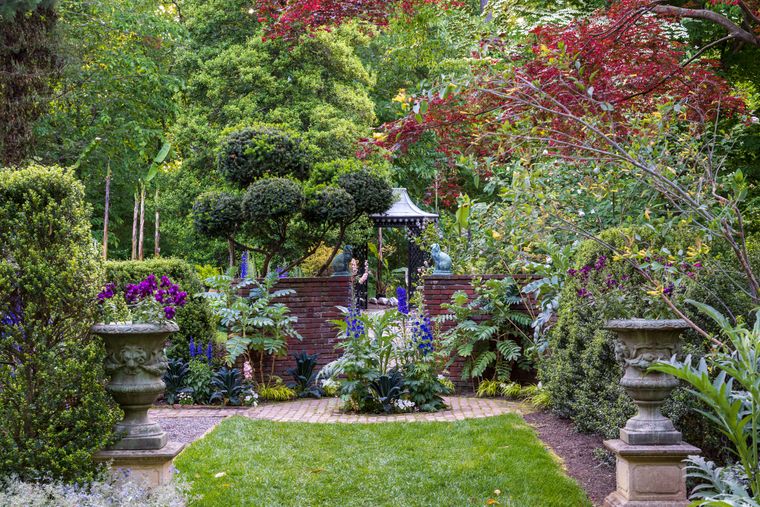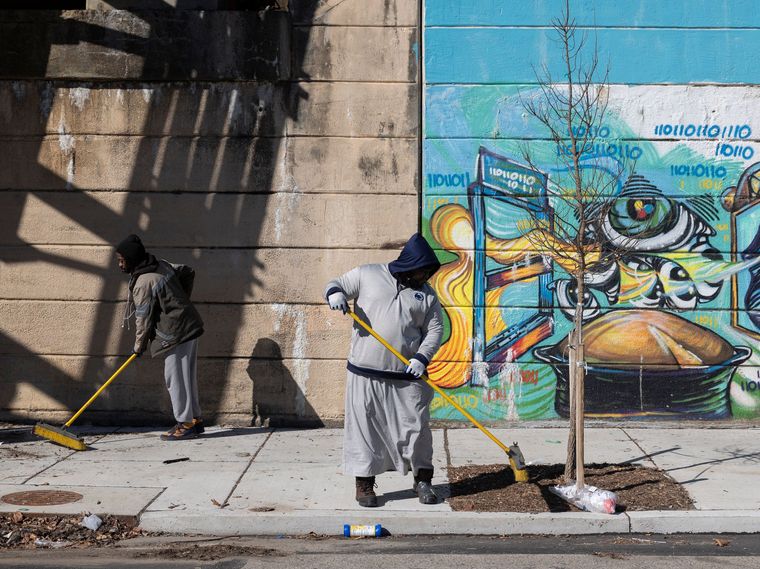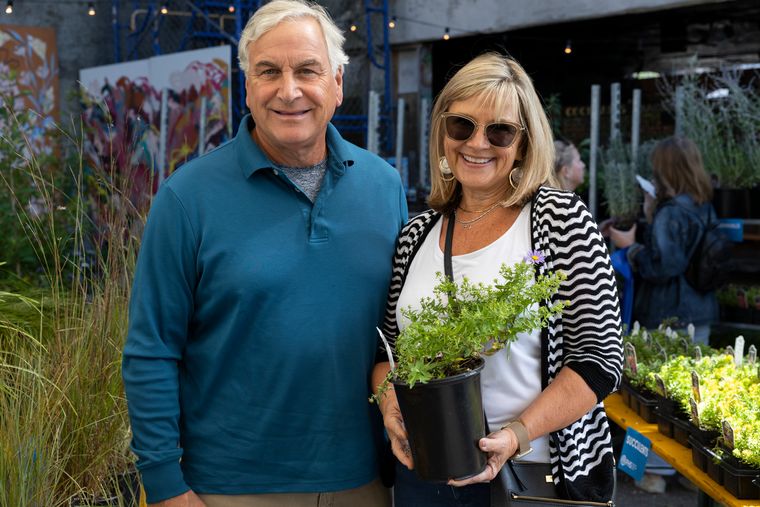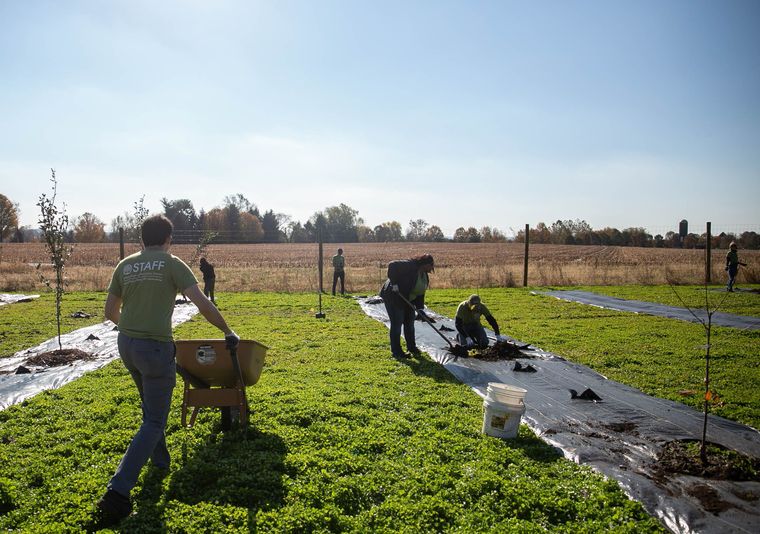



Celebrate Pollinator Week with Our Favorite PHS Gold Medal Pollinator Plants
sustainable gardening
plant care

By Rachel Link
Happy Pollinator Week! Each year, this event is celebrated to highlight the importance of pollinators and how we can support and protect them.
What is a pollinator, and why are they important?
A pollinator is any animal that moves pollen from the male part of a flower to the female part of a flower for the plant to become fertilized and produce fruit, seeds, and more plants.
When you hear the word pollinator, you’re probably thinking about bees, but other bugs and small vertebrates like birds and bats also contribute to pollination. When these animals rest to eat and drink nectar, moving from flower to flower, pollen will stick to their bodies and accompany them along their travel paths.
While some plants are self-pollinating, according to Pollinator Partnership, between 75% to 95% of all flowering plants on the earth need help with pollination – so pollinators are a big deal for crop production and the food we eat!
What is happening to pollinators?
Pollinator populations have been in rapid decline for decades, and the trend doesn’t look like it will improve anytime soon. Urbanization has significantly contributed to their disappearance, as there are fewer places for pollinators to nest and rest. Other factors like pollution and changing climate patterns have also made matters worse.
How can we help?
Creating real estate for pollinators to find respite is a great way to support them – and you don’t need a ton of space to do it. Even if you can’t plant a dedicated pollinator garden, one or a few pollinator-friendly plants can make a big difference. Read on for some suggested pollinator plants!
4 Pollinator Friendly PHS Gold Medal Plants
We’ve got recommendations for some of our favorite pollinator plants from the PHS Gold Medal Plant program. As a reminder, Gold Medal Plants have been selected for their ease of cultivation, multiple seasons of interest, commercial availability, appropriateness for the Mid-Atlantic region, and value to wildlife – including pollinators!

1. Pycnanthemum muticum, mountain mint
Hardiness Zones 4-8
About this plant: This vigorous grower is not invasive like most other mints. It grows best in moist to medium moist soil, can be planted in meadows, and is a fantastic addition to a perennial garden. In addition to being pollinator-friendly, this is one of the best perennials for deer resistance.
What we like: The gray-green foliage and interesting thimble-like flowers of mountain mint make it a great addition to cut flower arrangements. Cutting stems in June creates a second flush of flowers in September.

2. Agastache 'Blue Fortune,' giant hyssop
Hardiness Zones 5-9
About this plant: This tough-as-nails perennial dazzles with long-blooming powder blue flower spikes. The foliage and flowers are aromatic and deer resistant.
What we like: This statuesque perennial with fuzzy flowers and arrow-shaped foliage adds a vertical element to a mixed border and blooms in midsummer, when there is often a lull in the garden.

3. Chrysanthemum 'Hillside Sheffield Pink,' hardy mum
Hardiness Zones 5-9
About this plant: When most flowers are calling it quits for the season, this plant steals the stage with its profuse fall blooms. They’re a delight to the eye and a great late-season food source for bees and other pollinators.
What we like: The peachy-pink flowers of ‘Hillside Sheffield Pink’ begin opening just as the fall colors are in full swing, combining well with purple asters, beautyberry, and the colorful foliage of many trees.

4. Rudbeckia 'American Gold Rush,' black-eyed susan
Hardiness Zones 3-9
About this plant: This deer-resistant perennial is a favorite of birds and butterflies. Blooming between July and September, the plant boasts vibrant, golden daisy-like flowers that thrive in full sun. You can count on this beauty to support pollinators all summer long with little-to-low maintenance.
What we like: ‘American Gold Rush’ is more compact than other species, doesn’t mind our humid summers, and is resistant to the fungus that can blacken the foliage of other rudbeckias, especially in wet weather.
One note: don't be discouraged if you don’t have the space for a dedicated pollinator garden. Many pollinator plants, including some on this list, can survive in pots, containers, or even window boxes! Get creative and think outside the rules of conventional gardening – even one plant can make a difference for pollinators.
Want to see more? Explore the full list in the Gold Medal Plant Database.


